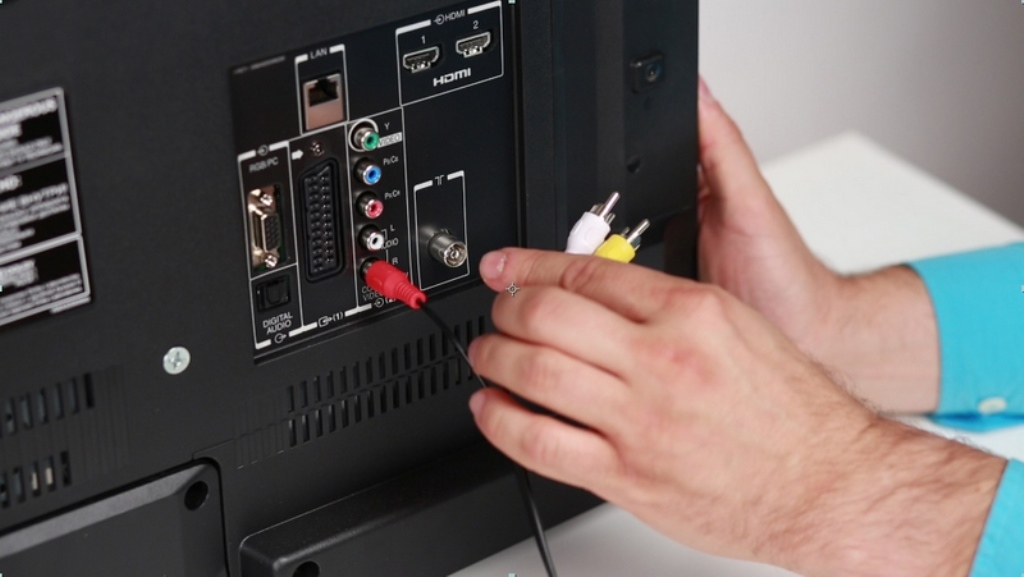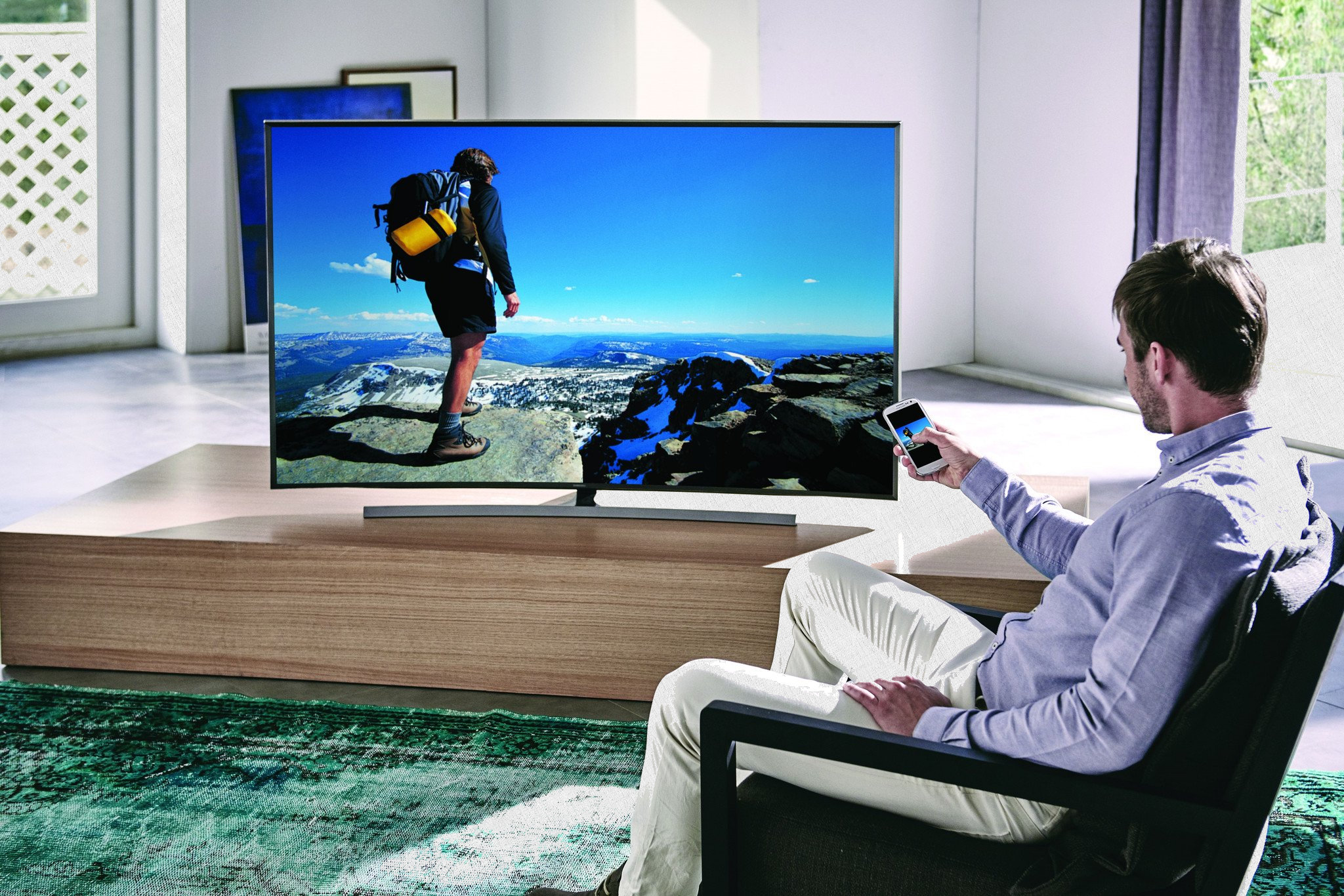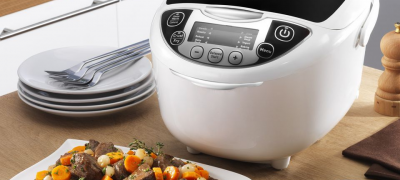How to choose a TV for your home
The range of household appliances is as wide as ever. A huge number of TVs are offered, differing not only in diagonal, but also in a set of functions. There are a number of factors that need to be taken into account in order for a model to suit you perfectly.

main parameters
The first factor that will have a major impact on your choice is the price. Yes, yes, we will have to answer the question to ourselves: how much money am I willing to spend on such home entertainment. For example, if at the moment you are not ready to shell out a "tidy sum", then buy Full HD average cost. If we talk about manufacturers, then LG, Sony, Samsung are in demand.

The second factor is specifications. Let's dwell on them in more detail.
Screen type
- CRT. Such TVs can be safely called prehistoric, since today models with such a screen are less and less common. The advantages of these TVs include low cost and durability. A disadvantage is the negative impact on vision.

- Liquid crystal. They are appreciated for the optimal combination of price and quality. The disadvantage is the tendency to burnout. If the screen is exposed to direct sunlight, stains will appear on the screen over time.

- LED screens. They use LED matrix backlighting for rich and deep colors. Such models are more modern than LCD and consume less energy.

- Plasma screens. Provides a very clear image and is resistant to sunlight. The disadvantage is high energy consumption. Also, this option is not possible in a small version, the minimum diagonal of the plasma screen is 32 inches.

- Laser. Such models are called a novelty, since the development is not more than ten years old. Their high cost is their only drawback, and there are much more advantages: minimal power consumption, high-definition picture and resistance to fading, reliability.

- Projection. The debate about the "price-quality" ratio of these models has not subsided for a long time. The color rendition is at the level, but "broken" pixels appear periodically, which significantly spoils the viewing experience. In addition, they have a limited viewing angle, which is also considered a disadvantage.

Backlight type
Another indicator that affects the cost of technology and image quality is the type of backlight.
- Edge LED. The device is thin and economical thanks to the placement of LEDs along the screen contour. A kind of luminous frame is created. Such models have a good viewing angle.
- Direct LED. This type of backlighting is considered to be more modern. LEDs are located across the entire plane of the screen. It is possible to adjust each individual diode. Local dimming can be performed, and the result will be sharper and more contrasting images.
- QLED. In these models, the presence of a "highlighting" block is not provided at all. In modern technologies, there are quantum dots, which are the "backlight". Such TVs transmit colors that are more comfortable for the human eye. The picture is bright, but as natural as possible.Again, the only drawback is the price.
- OLED. This technology is rightfully considered the most modern. It also uses diodes, but they are covered with a phosphor, a substance that starts to glow when an electrical pulse passes. The viewing angle is small, but watching your favorite programs is as comfortable as possible, the eyes don't get tired. With a full set of advantages, the only drawback is the high cost.

Diagonal
This is perhaps one of the few indicators that even a housewife can figure out. In other words, we are talking about the size of the TV.

You need to answer two questions:
- What is the size of the room where the TV will be installed.
- Purpose.

In the first case, experts recommend using a simple ratio: the size of the TV, ideally, should be ¼ of the distance to the viewing location. Obviously, the diagonal should be proportional to the size of the room. In typical apartments, huge plasma panels look at least ridiculous. Not to mention the fact that watching a large TV from a short distance is very uncomfortable and harmful to the eyes. The same is true in the case of a large hall and a tiny screen.

When answering your second question, think about how often you will watch TV, and how. Either you will be focused on viewing, or it will work in the "background", for example, in the kitchen. If you plan to equip a home theater in a spacious living room, then consider models starting from 55 inches. And for the kitchen, a 26-inch screen is also quite suitable.

Permission
The quality of the picture and the convenience of viewing directly depend on this characteristic.
- HD. Small, inexpensive models, quite suitable for background viewing in the kitchen.
- Full HD. Most televisions today have this resolution. According to experts, in this case there is an ideal combination of "price and quality".
- Ultra HD-4K. This resolution is found in TVs with a diagonal of 32 inches and above. The only thing that stops you from buying is the price.
- Ultra HD-8K. Unfortunately, few can afford such a model. The price of TVs with a resolution of this class is very high. Alas, you have to pay for a high-quality image.

Interface
Unlike Soviet-era models, modern televisions are capable of more than just transmitting a television signal. Therefore, if maximum functionality is important to you, pay attention to the following:
- USB port. It is through such a connection that flash drives, cameras, keyboards and much more are connected. Perhaps one “entrance” will not be enough for you personally.
- DVB-C / DVB-S. Required for satellite and digital TV.
- S-video. It is necessary to transfer the "picture" from the computer to the TV screen.

You may also need “inputs” for headphones, or for transmitting video signals from cameras, consoles, or gaming platforms.

An important nuance: when buying, check that the connectors on the household appliances you already have are the same as those built into the new TV. Otherwise, you will not be able to take advantage of the additional features.

There are also a number of functions that are either "vital" for you, or completely useless.
- 3D screen. Viewing the image with special glasses, it seems that you are in a movie theater, the picture is so voluminous and natural.
- Wi-Fi support. It becomes possible to use the screen as a computer monitor.
- Anti-glare screen. No matter what kind of lighting in the room, watching your favorite programs and films takes place in the most comfortable "mode", nothing glares.
- Picture-in-picture. You can watch multiple channels at the same time.
- Maintaining a memory card. It is possible to insert a card from a phone or camera.
- Smart TV. Allows you to watch shows and movies online from the Internet.
- Voice and gesture control.
- List of favorite programs. You collect your favorite or frequently watched channels yourself.

Most likely, while you are reading this article, new generation TVs have a couple more additional features. So it is not possible to list all the options.

Some of the above additional features are available in almost every model. Others will have to pay extra. Therefore, when deciding which TV is better to buy in 2020, immediately decide on the "gentleman's set" that should be available to you as a user.

Operating system
Modern models are equipped with different "operating systems". And they all have their strengths and weaknesses. Often the only difference is that brands prefer different operating systems.
- Tizen is Samsung's favorite operating system.
- Web OC is perfect for LG.
- Android TV - often found on Sony and Phillips models
- Firefox - "Panasonic"

Which company to choose
Today on the market there are models with names that say nothing. Unfortunately, the times when there were very few factories producing household appliances have sunk into oblivion. These names were well known. Everyone knew about the strengths and weaknesses of this or that model.

Experts recommend giving preference to proven brands so as not to take risks. Otherwise, the choice of technique resembles "Russian roulette", it is unknown whether you are lucky or unlucky. Although, as a rule, an ordinary buyer is looking for just an inexpensive and high-quality TV model.

So, the best TVs in 2020, ranking:
- LG. This South Korean firm was one of the first to use OLED technology and has been quite successful in doing so. LG models offer a good price-performance ratio.
- Samsung. The models of this company often use QLED technology.
- Phillips. This company was previously owned by the Netherlands, but was later sold to China. Decent TVs at affordable prices.
- Toshiba. One of the few companies that itself is engaged in the manufacture of liquid crystal matrix for displays.
- Sony is a Japanese company. TVs of this brand cannot be called budget. However, for this money, the manufacturer offers a decent set of advantages. So, there is something to think about.
- Panasonic. This is another striking representative of Japan.According to numerous user reviews, the TVs of this company are of decent quality and long service life.

When you decide to buy a new TV, it is important to have a clear idea of which model (both in terms of external and technical characteristics) you need. Only then will you make the right choice and pay a reasonable price.

VIDEO: How to choose a TV in 2019-2020.






Discussions
If the room is less than 20 sq.m. then more than 55 is better not to buy a TV. I have a 55-inch Philips in my small room and I don't need it anymore!
Hello, thanks for the information